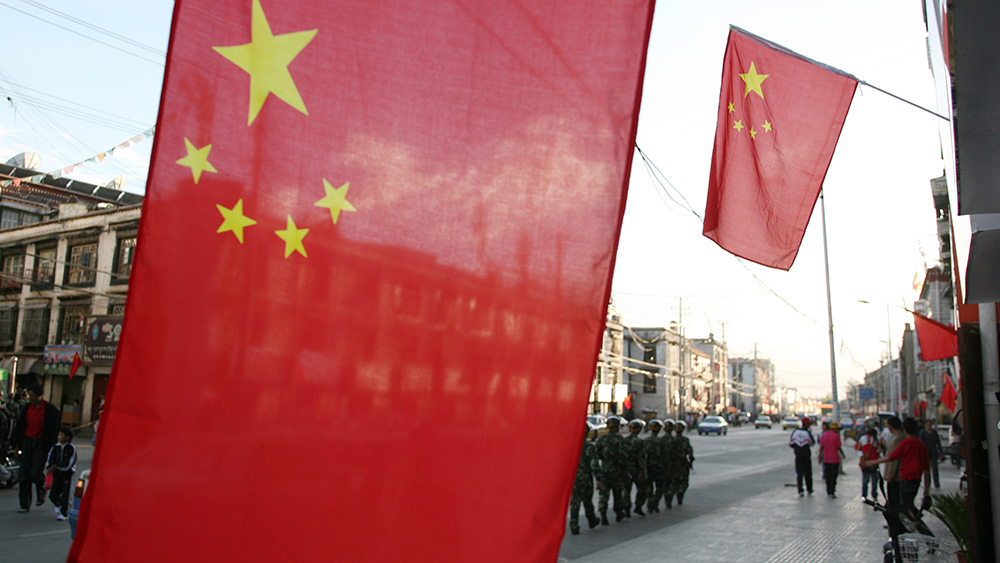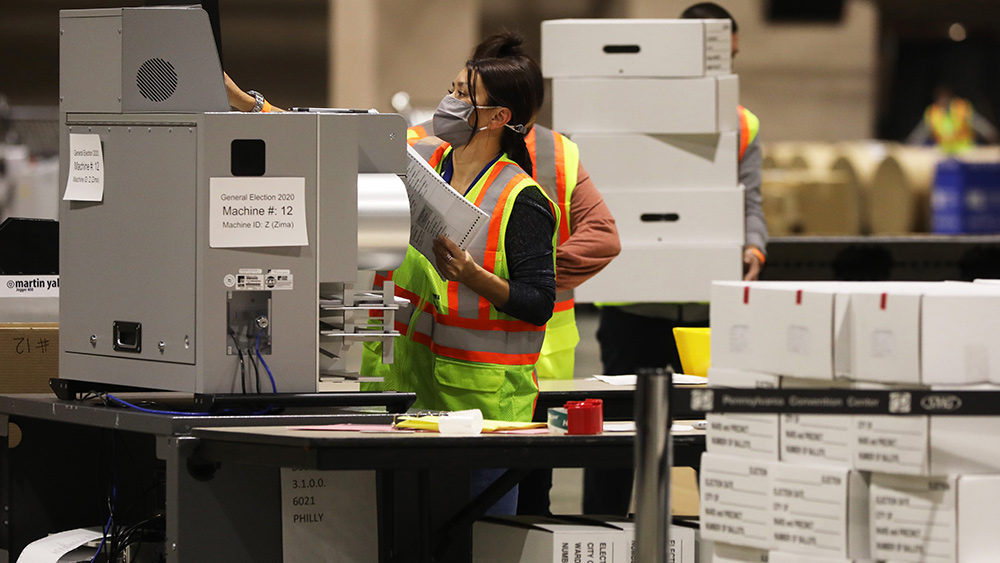
Chinese soldiers stationed in Tibet will be donning a newly developed "suicide" helmet equipped with a self-destruct button that can be pressed at will by the soldiers or their commander. The button initiates the explosion of an embedded bomb, effectively killing the soldier.
"At a battalion or brigade level command center, a commander monitors a soldier who is far away by using the navigation system. The commander can activate the self-destruct function of the soldier’s helmet if he can’t get in contact with him," wrote last December by the state-run media outlet China Observer in a now-deleted post.
Soldiers can also hit the button themselves. "If a soldier is seriously wounded and doesn’t want to be captured, he can activate the self-destruct function himself. This can maintain his dignity, as well as prevent the enemy from obtaining this system," the report read.
The new military gear comes as more members of the People's Liberation Army (PLA), China's regular armed forces, are deserting their posts or disobeying their commander. Experts see the new helmet as a stringent measure to keep Chinese soldiers in line.
New weapon developed to kill enemies, control Chinese soldiers
The newly developed helmet is part of an "individual soldier digital combat system" developed to ensure that the Chinese side would win any potential conflict with the Indian army. Troops from both sides have been engaged in numerous skirmishes at the Sino-Indian border due to territorial disputes over the Ladakh region.
The system includes an antenna and bomb, multifunctional night goggles, camera modules and a digital control terminal that can be worn on the arm. Soldiers outfitted with this system can communicate with the battalion commander at the command center via radio. They can also commit "suicide attacks" by detonating the bomb when they approach Indian forces.
Meanwhile, commanders can order the firing of artillery through the camera embedded within soldiers' jackets, besides having the power to hit the self-destruct button. Soldiers in special forces units and the squad infantry, as well as the artillery, aviation and armor divisions, will be equipped with this system. (Related: Chinese agents arrested for stalking and attempting to coerce Chinese dissidents into returning to China.)
After the report was released, numerous critics denounced the system. U.S.-based China affairs commentator Tang Jingyuan said that the suicide helmets are proof of the PLA's struggle to control its troops, noting that the Chinese military had to use extreme methods just to ensure soldiers do not abandon their posts or disobey their commanders.
"Now PLA soldiers are forced to fight after wearing the helmets. Otherwise, they will be killed by their commander," Tang said.
Chinese military issuing severe punishments to deserters
The rollout of the self-destruct gear is among the many stringent measures employed by the PLA to better control their troops. Over the last few years, the Chinese military meted out punishments like banning deserters from public transportation, attending school, operating a business, working in government posts and applying for passports.
Though these punishments are concerning from a human rights standpoint, the PLA is intent on using them to scare its soldiers. In 2019, it launched a public shaming campaign against a Chinese university student named Zhang Moukang who told the PLA he was planning to leave.
The PLA posted Zhang's story on its website "to make an example" out of it, according to Adam Ni, a China affairs researcher at the Department of Security Studies and Criminology at Macquarie University in Australia.
Ni noted that the PLA wanted to "publicize" Zang's case "in a way that that reaches a broader society." Zhang, after leaving the Chinese military, faced a total of eight penalties including a two-year ban on foreign travel, buying real estate, getting loans or insurance, opening a business and studying in college or secondary school.
The Chinese national was also fined $4,000 in addition to the $3,750 that he was required to reimburse the military for costs incurred during his short stint as a soldier.
Zhang's case is only one of the many cases of abuse committed by China in a bid to suppress dissent. Read more about them at Evil.news.
Sources include:
Please contact us for more information.





















